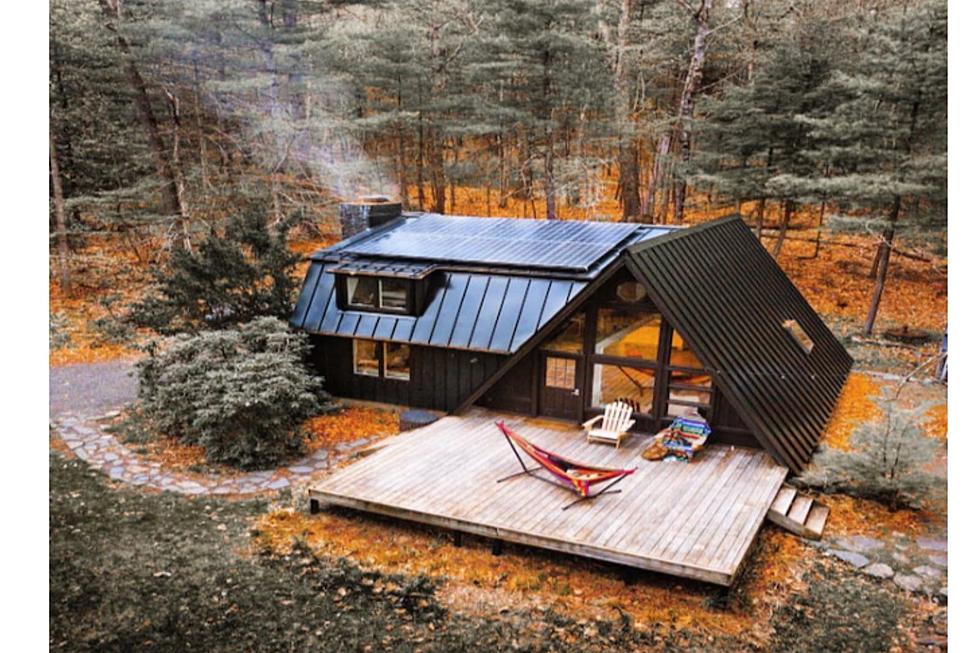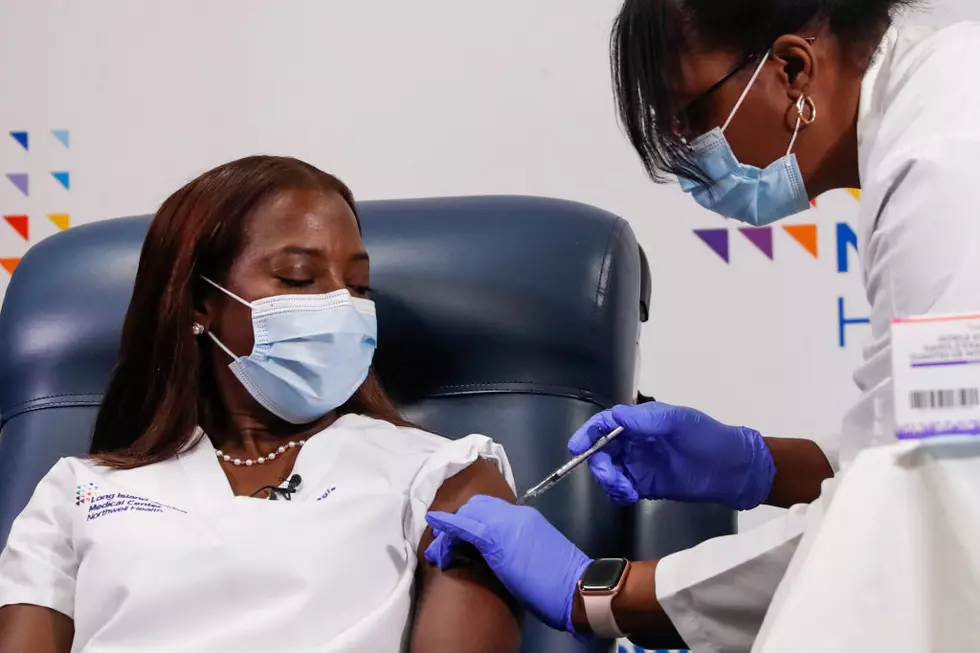
New COVID-19 Rules For New Yorkers Buying or Selling Home
New York officials released a number of new guidelines you must follow if you are looking to buy or sell a home.

Enter your number to get our free mobile app
Physical Distancing
- Ensure that workforce (e.g. salespeople, workers, subcontractors, and vendors) and customer presence total occupancy is limited to 50% of the maximum occupancy for a particular area as set by the certificate of occupancy.
- A distance of at least 6 ft. must be maintained amongst all individuals at all times, unless safety of the core activity requires a shorter distance (e.g. cleaning, maintenance, measurement for appraisals, unit inspections).
- Any time salespeople, workers, subcontractors, and vendors must come within 6 ft. of another person, acceptable face coverings must be worn ensuring that mouth and nose are covered. Individuals must be prepared to don a face covering if another person unexpectedly comes within six feet.
- Prohibit the use of confined spaces (e.g. elevators, vehicles) by more than one individual at time, unless all individuals are wearing face coverings. If occupied by more than one person, keep occupancy under 50% of maximum capacity.
- Limit use of cloth, disposable, or other homemade face coverings for workplace activities that typically require a higher degree of protection for personal protective equipment (PPE) due to the nature of the work.
- Modify seating areas (in common outdoor spaces such as terraces and courtyards) to ensure that individuals (e.g. workers and/or residents) are at least 6 ft. apart in all directions (e.g. side-to-side and when facing one another).
- Non-essential common areas (e.g. game rooms) must remain closed.
- Implement practices to maintain adequate social distancing in small areas, such as restrooms and breakrooms, and signage and systems (e.g. flagging when occupied) to restrict occupancy when social distancing cannot be maintained in such areas.
- Reduce interpersonal contact and congregation through various methods (e.g. adjusting workplace hours, limiting in-person presence to necessary staff, shifting design, reducing on-site workforce, stagger schedules, segment and batch activities).
- Establish designated areas for pickups and deliveries, limiting contact to the extent possible.
Protective Equipment
- Provide workers with an acceptable face covering at nocost to the workers/contractors and have an adequate supply of coverings in case of replacement.
- Acceptable face coverings include but are not limited to cloth (e.g. homemade sewn, quick cut, bandana), surgical masks, and face shields.
- Clean, replace, and prohibit sharing of face coverings. Consult the CDC guidance for additional information on cloth face coverings and other types of personal protective equipment (PPE), as well as instructions on use and cleaning.
- Train workers on how to don, doff, clean (as applicable), and discard PPE (training should be extended to contractors if the building managers/owners supply contractors with PPE).
- Advise workers and visitors to wear face coverings in common areas including elevators, lobbies, and when traveling around the office.
- Limit the sharing of objects, such as tools, laptops, notebooks, telephones, touchscreens, and writing utensils, as well as the touching of shared surfaces; or, require workers to wear gloves when in contact with shared objects or frequently touched surfaces; or, require workers to perform hand hygiene before and after contact.
Residential InPerson Property Showings and Related Activities
- Showings are only allowed in unoccupied or vacant properties (e.g. current owner or lessee is not inside the property).
- All individuals visiting the property will be required to wear a face covering at all times.
- Replace or clean and disinfect gloves after every showing (as applicable).
- Clean and disinfect high-touch surfaces (e.g. handrails, door knobs etc.) before or after every showing.
- Stagger showings in order to avoid the congregation of people outside and inside properties.
- Open houses are only allowed with one party inside the property at a time
Hygiene and Cleaning
- Adhere to hygiene, cleaning, and disinfection requirements from the Centers for Disease Control and Prevention (CDC) and Department of Health (DOH) and maintain cleaning logs on site that document date, time, and scope of cleaning.
- Provide and maintain hand hygiene stations in office, including handwashing with soap, running warm water, and disposable paper towels, as well as an alcohol-based hand sanitizer containing 60% or more alcohol for areas where handwashing is not feasible.
- Provide and encourage participants to use cleaning/disinfection supplies before and after use of shared and frequently touched surfaces, followed by hand hygiene.
- Ensure that equipment and tools are regularly cleaned and disinfected using registered disinfectants, including at least as often as workers change workstations or move to a new set of tools.
- Provide appropriate cleaning and disinfection supplies for shared and frequently touched surfaces for workers to use, following manufacturer’s instructions for use before and after use of these surfaces, followed by hand hygiene.
- Regularly clean and disinfect the site and more frequently clean and disinfect high risk areas used by many individuals and for frequently touched surfaces.
- Rigorous cleaning and disinfection must occur at least after each shift, daily, or more frequently as needed.
- Ensure distancing rules are adhered to in restrooms by reducing capacity where feasible.
- Regularly clean and disinfect the location or facility and conduct more frequent cleaning and disinfection for high risk areas used by many individuals (e.g. restrooms) and for frequently touched surfaces.
- Provide cleaning and disinfection of exposed areas in the event an individual is confirmed to have COVID-19, with such cleaning and disinfection to include, at a minimum, all heavy transit areas and high-touch surfaces (e.g. elevators, lobbies, building entrances, badge scanners, restrooms handrails, door handles).
- Cleaning and disinfecting of facilities, shared surfaces, and other areas, as well as shared objects, must be performed at least after each service, using Department of Environmental Conservation (DEC) products identified by the Environmental Protection Agency (EPA) as effective against COVID-19.
- If shared building space has been used by sick worker, shut down those shared spaces (e.g. elevator, lobbies, entrances) and disinfect.
- Prohibit the use of shared, coffee pots or other food and beverage amenities normally provided to residents and / or workers.
- Prohibit shared food and beverages (e.g. buffet style meals), encourage bringing lunch from home, and reserve adequate space for workers to observe social distancing while eating meals.
Communication
- Affirm you have reviewed and understand the state-issued industry guidelines, and that you will implement them.
- Post signage inside and outside of the office location to remind personnel and customers to adhere to proper hygiene, social distancing rules, appropriate use of PPE, and cleaning and disinfecting protocols.
- Develop a communications plan for employees and customers that includes applicable instructions, training, signage, and a consistent means to provide individuals with information.
- If an employee tests positive for COVID-19, operator must immediately notify state and local health departments and cooperate with contact tracing efforts, including notification of potential contacts who had close contact with the worker, while maintaining confidentiality as required by state and federal law and regulations.
- Maintain a continuous log of every person, including workers and visitors, who may have close contact with other individuals at the gathering site or area; excluding deliveries that are performed with appropriate PPE or through contactless means. The log is not required to maintain a list of visitors.
- Conspicuously post completed safety plans on site
Screening
- Employees who are sick should stay home or return home, if they become ill at work.
- Implement mandatory health screening assessment (e.g. questionnaire, temperature check) for employees asking about (1) COVID-19 symptoms in past 14 days, (2) positive COVID-19 test in past 14 days, and/or (3) close contact with confirmed or suspected COVID-19 case in past 14 days. Responses must be reviewed and documented daily.
- If a person has COVID-19 symptoms AND EITHER tests positive for COVID-19 OR did not receive a test, the individual may only return after completing 14 days of self-quarantine.
- If a person does NOT have COVID-19 symptoms BUT tests positive for COVID-19, the individual may only return after completing 14 days of self-quarantine. • If a person has had close contact with a person with COVID-19 for a prolonged period of time AND is symptomatic, the individual should follow the above protocol for a positive case.
- If a person has had close contact with a person with COVID-19 for a prolonged period of time AND is NOT symptomatic, the individual must complete a 14 day self-quarantine.
- An employee who screens positive for COVID-19 symptoms should not be allowed to enter the location and should be sent home with instructions to contact their healthcare provider for assessment and testing.
- Tenants are responsible for screening their own employees and visitors, but management and tenants should coordinate to facilitate screening.
- Screeners should be trained by individuals familiar with CDC, DOH, and OSHA protocols and wear appropriate PPE, including at a minimum, a face covering.
- Have a plan for cleaning, disinfection, and contact tracing in the event of a positive case.
New Rules For NY Bars, Restaurants Tops This Week's Hudson Valley News
More From WRRV-WRRB








